Reviews
Frederick Wiseman
USA, 1968
Credits
Review by Beth Gilligan
Posted on 04 June 2008
Source Zipporah Films DVD
Categories Frederick Wiseman
Shot in 1968, Frederick Wiseman’s High School manages the tricky feat of simultaneously embodying and transcending its specific time and place. Filmed in Wiseman’s trademark (or, perhaps more appropriately, yet-to-be-trademark style; this was, after all, only his second film) style, the film captures the interactions between students and faculty members at a mostly white, middle class school in Philadelphia.
Despite the era’s fraught political climate, the students at Northeast High School appear politically apathetic. Most of them save their battles for arguments with faculty members over hall passes and hemlines. High School contains several scenes of such power struggles, most of which are presided over by an increasingly buffoonish array of teachers, parents and administrators. In one instance (memorably spoofed in the film Rushmore), a stern hall monitor stalks the corridors demanding that students using the telephone display their passes; in another, a boy is urged to accept an unreasonable punishment “to establish you can be a man and that you can take orders.” A young teacher tries to engage her students by bringing a Simon & Garfunkel record into the classroom, but she appears to be an exception to a rule that includes an elderly teacher listlessly reading “Casey at Bat” to a group of semi-comatose teenagers. The movie’s final moments are among the most memorable, proving that the school’s factory surroundings have successfully managed to churn out more than just auto parts: a delighted teacher reads a letter from a former student currently serving in Vietnam. In the letter, the student praises the lessons he has learned at Northeast, rejoicing in the fact that he has learned to be no more than “a body doing a job.”
The conformist pressures displayed in High School continue to resonate, as is evident in Nanette Burstein’s recent hit Sundance documentary American Teen. While Burstein’s preoccupations lie with the high school caste system and the personalities that shape it (the latter being emblematic of a shift in documentary filmmaking that has occurred in the decades since Wiseman began his filmmaking career) rather than the institution itself, I couldn’t help but be struck by a few key similarities between the two films. Both films use their opening segments to establish their schools’ respective middle-class surroundings (in Burstein’s case, the strip malls and characterless chain stores that populate Warsaw, Indiana) and each highlight (albeit using very different filmmaking techniques) the uphill battle students face to assert themselves as individuals. Yet despite Burstein’s insightful depiction of some perennial high school student archetypes (e.g. the Mean Girl, the Band Geek, the Jock, etc), it is ultimately Wiseman’s portrayal of institutional practices that feels more timeless, as his style more incisively unveils the power dynamics behind these archetypes and their interactions.
More Frederick Wiseman
-
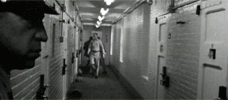
Titicut Follies
1967 -
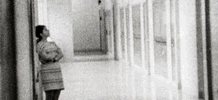
High School
1968 -

Law & Order
1969 -

Basic Training
1971 -
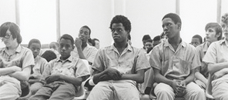
Juvenile Court
1972 -
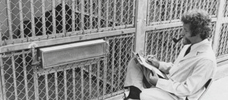
Primate
1974 -
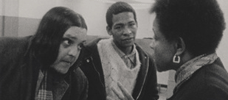
Welfare
1975 -
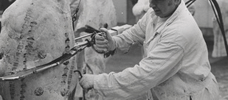
Meat
1976 -
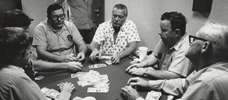
Sinai Field Mission
1978 -
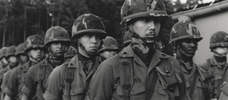
Manoeuvre
1979 -

Model
1980 -

The Store
1983 -

Blind
USA -

Adjustment & Work
1986 -

Missile
1987 -

Central Park
1989 -

Near Death
1989 -

Aspen
1991 -

Zoo
1993 -

High School II
1994 -

Ballet
1995 -

La Comédie-Française
1996 -

Public Housing
1997 -

Belfast, Maine
1999 -

Domestic Violence / Domestic Violence 2
2001 / 2002 -
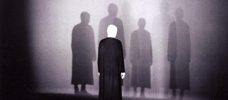
The Last Letter
2002 -

State Legislature
2006
We don’t do comments anymore, but you may contact us here or find us on Twitter or Facebook.



